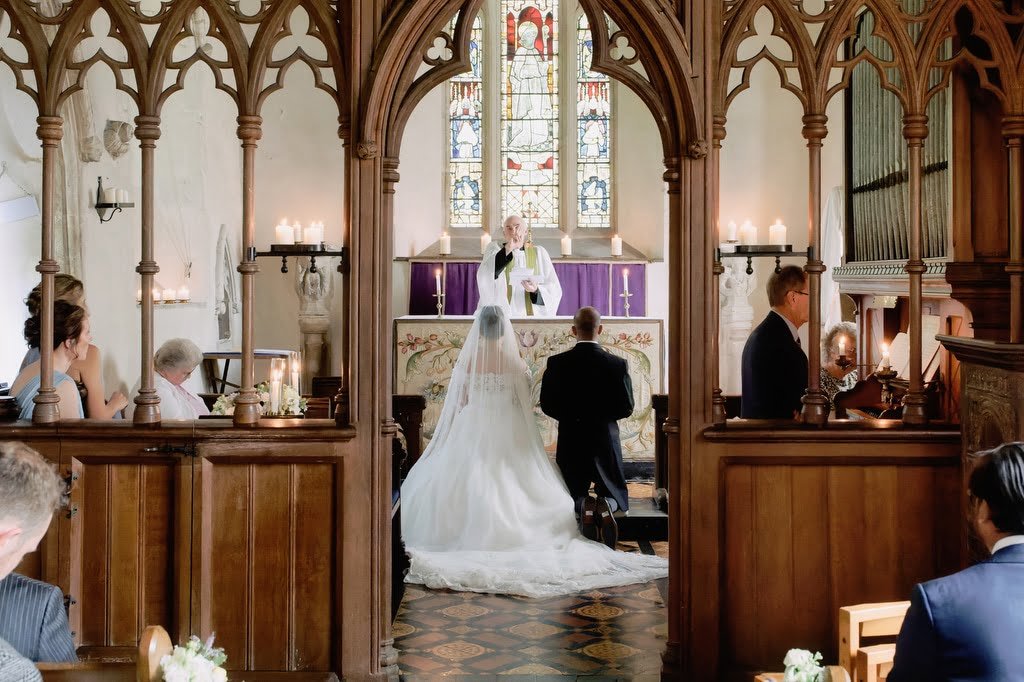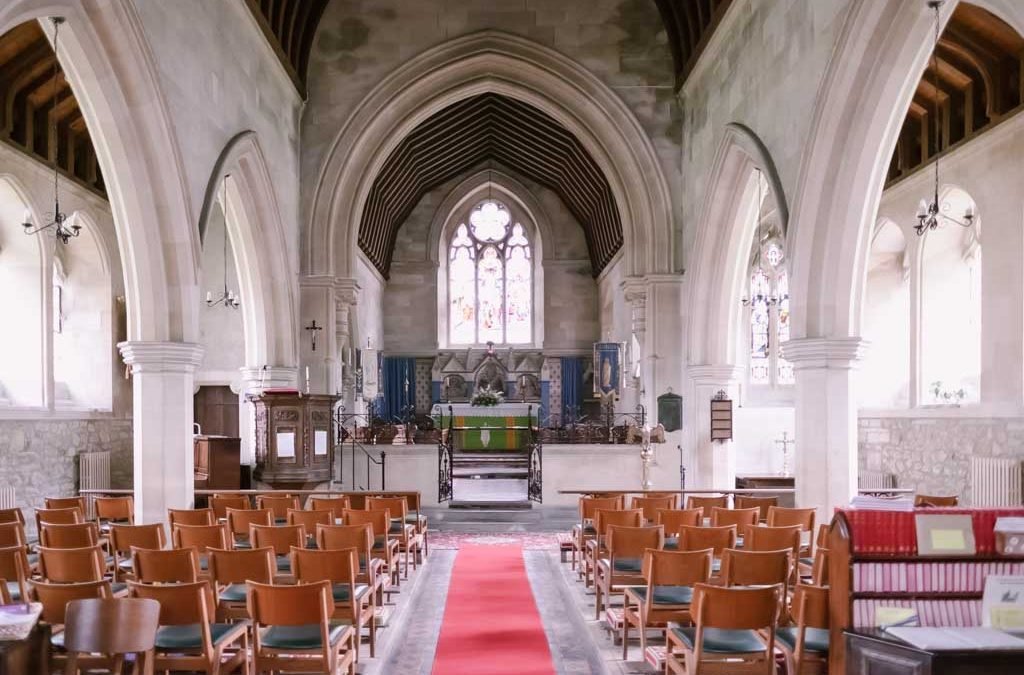Catholic Weddings:
Catholic Weddings: Guide to Planning Your Ceremony: Catholic weddings are a beautiful and traditional way to celebrate the union of two people in the eyes of God. In this blog, we’ll cover everything you need to know about planning your Catholic wedding, from your first meeting with the priest to the ceremony itself. We’ll also discuss the preparation required for the big day, including essential information on Catholic wedding vows.
1. Meeting the Priest
Your first step in planning a Catholic wedding is to meet with the priest who will be officiating your ceremony. This initial meeting is crucial, as it allows you and your fiancé to discuss your intentions to marry and to get to know the priest better. The priest will also provide guidance and assistance in the preparations for the wedding.
2. Preparation
A. Pre-Cana
Before your Catholic wedding can take place, you and your partner will need to participate in a marriage preparation program called Pre-Cana. Pre-Cana is a series of classes or a retreat designed to help couples prepare for the sacrament of marriage. Topics covered typically include communication, conflict resolution, finances, and the role of faith in your marriage.
B. Documentation
In addition to completing Pre-Cana, you’ll need to gather various documents for your wedding, including:
- Baptismal certificates for both the bride and groom, issued within six months of the wedding date
- Proof of freedom to marry, such as affidavits from witnesses or a declaration of nullity for a previous marriage
- A marriage licence from your local civil authority
C. Planning the Ceremony
Catholic Weddings: Guide to Planning Your Ceremony: Working closely with your priest, you will plan the details of your Catholic wedding ceremony. This includes selecting readings, prayers, and music, as well as determining whether you will have a full Mass or a simpler ceremony without a Mass. Be sure to consider the specific guidelines and requirements of your parish and the Catholic Church when making these decisions.
3. Leading up to the Ceremony
As your wedding day approaches, there are several important details to keep in mind:
- Rehearsal: Schedule a wedding rehearsal with your priest, typically held the day before the ceremony. This will ensure that everyone involved in the wedding, including the bridal party, readers, and musicians, understands their roles and the order of events.
- Confession: It is highly recommended that both the bride and groom go to confession before their wedding day. This sacrament helps prepare your hearts for the spiritual union of marriage and allows you to begin your life together with a clean slate.
- Finalising details: Be sure to communicate with your priest and all vendors involved in your wedding to confirm dates, times, and any last-minute details or changes.

4. The Ceremony
The Catholic wedding ceremony consists of several essential elements, including the Liturgy of the Word, the Rite of Marriage, and the Liturgy of the Eucharist (if you have chosen to have a full Mass).
A. The Vows
Catholic Weddings: Guide to Planning Your Ceremony: The heart of the Catholic wedding ceremony is the exchange of vows. These sacred promises, made before God and your community, express your commitment to love and support each other throughout your lives together. Catholic wedding vows typically follow a traditional format, but there is some room for personalization. You can find examples and guidelines for crafting your vows at Catholic Wedding Help, Wedding Forward, and Marriage.com.
B. The Rings
After exchanging vows, the bride and groom will bless and exchange wedding rings. The rings symbolise the unending love and fidelity you promise to one another.
C. The Unity Candle (Optional)
Some couples choose to incorporate a Unity Candle ceremony, where the bride and groom each light a separate candle, then use those candles to light a single, larger candle together. This act symbolises the joining of two individuals into one unified partnership.
D. The Nuptial Blessing
The priest will then offer a special nuptial blessing for the newly married couple, asking God to bless their union and grant them strength and happiness in their life together.
E. The Liturgy of the Eucharist (If Applicable)
If you have chosen to have a full Mass, the Liturgy of the Eucharist will follow the Rite of Marriage. This includes the presentation of gifts, the consecration of the bread and wine, and the reception of Holy Communion by the bride, groom, and the congregation.
Conclusion
Catholic Weddings: Guide to Planning Your Ceremony: Catholic weddings are a beautiful and meaningful way to begin your life together as a married couple. By carefully planning and preparing for your ceremony, you can ensure that your special day is a true reflection of your love and commitment to one another. Keep in mind the importance of working closely with your priest and following the guidelines of the Catholic Church throughout the process. With a strong foundation in faith and love, your Catholic wedding will be a memorable and blessed event for you, your partner, and all who attend. Ensure you have these memories captured for ever, secure your photographer today.

